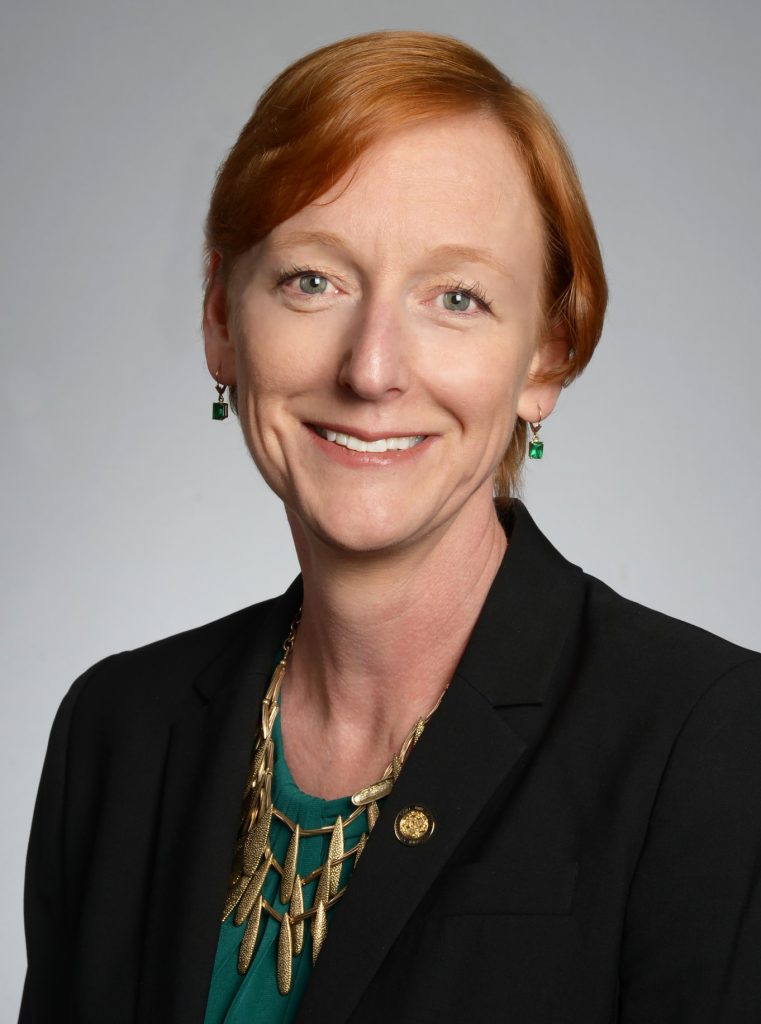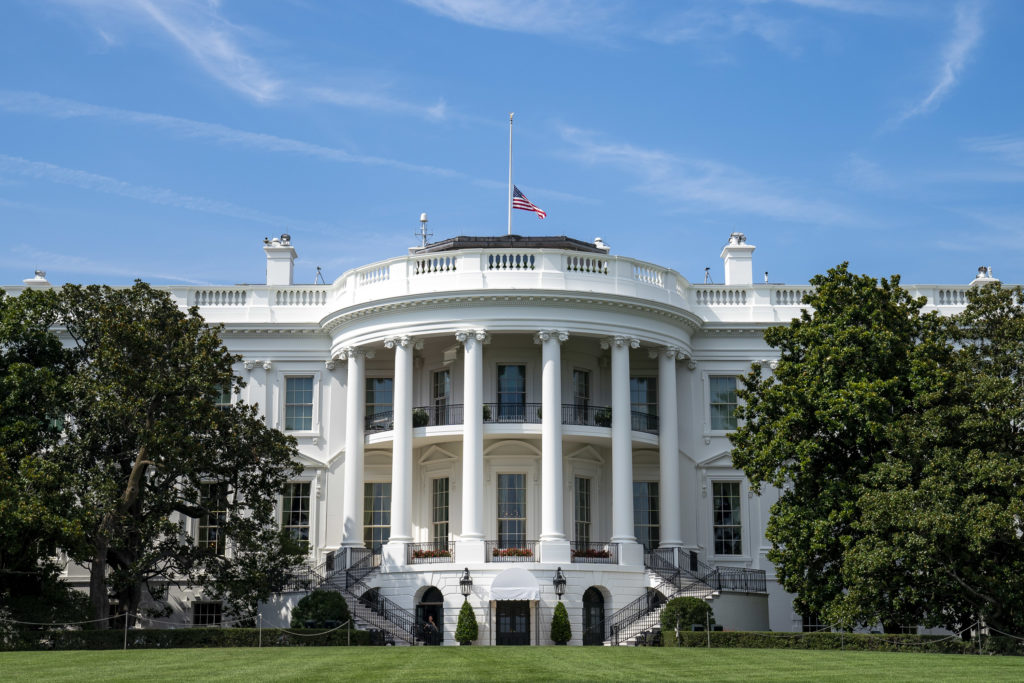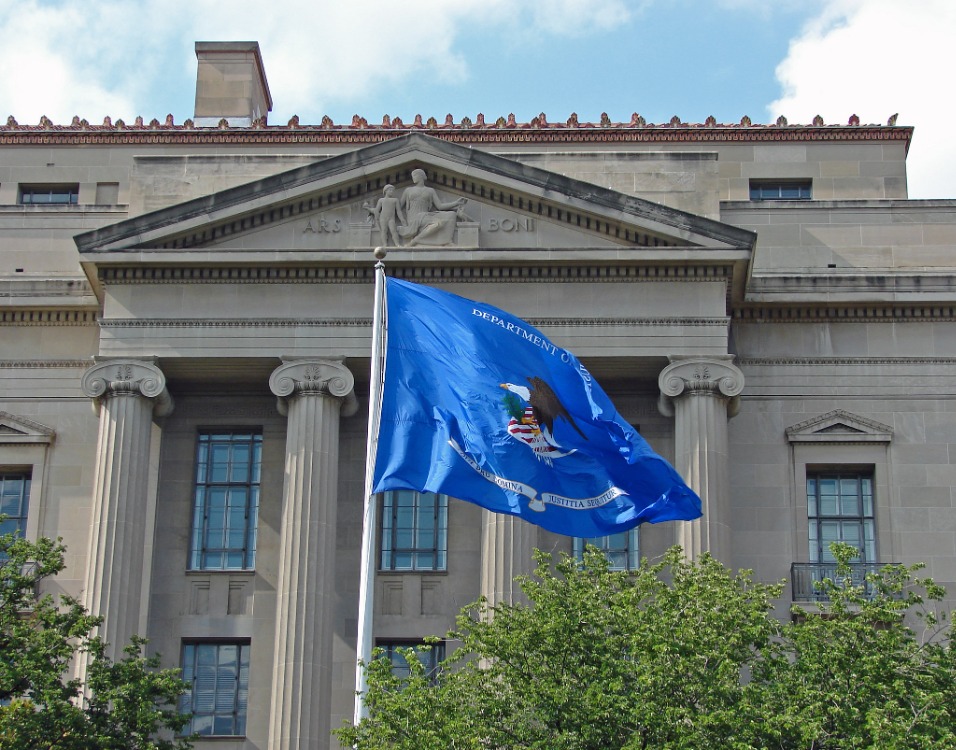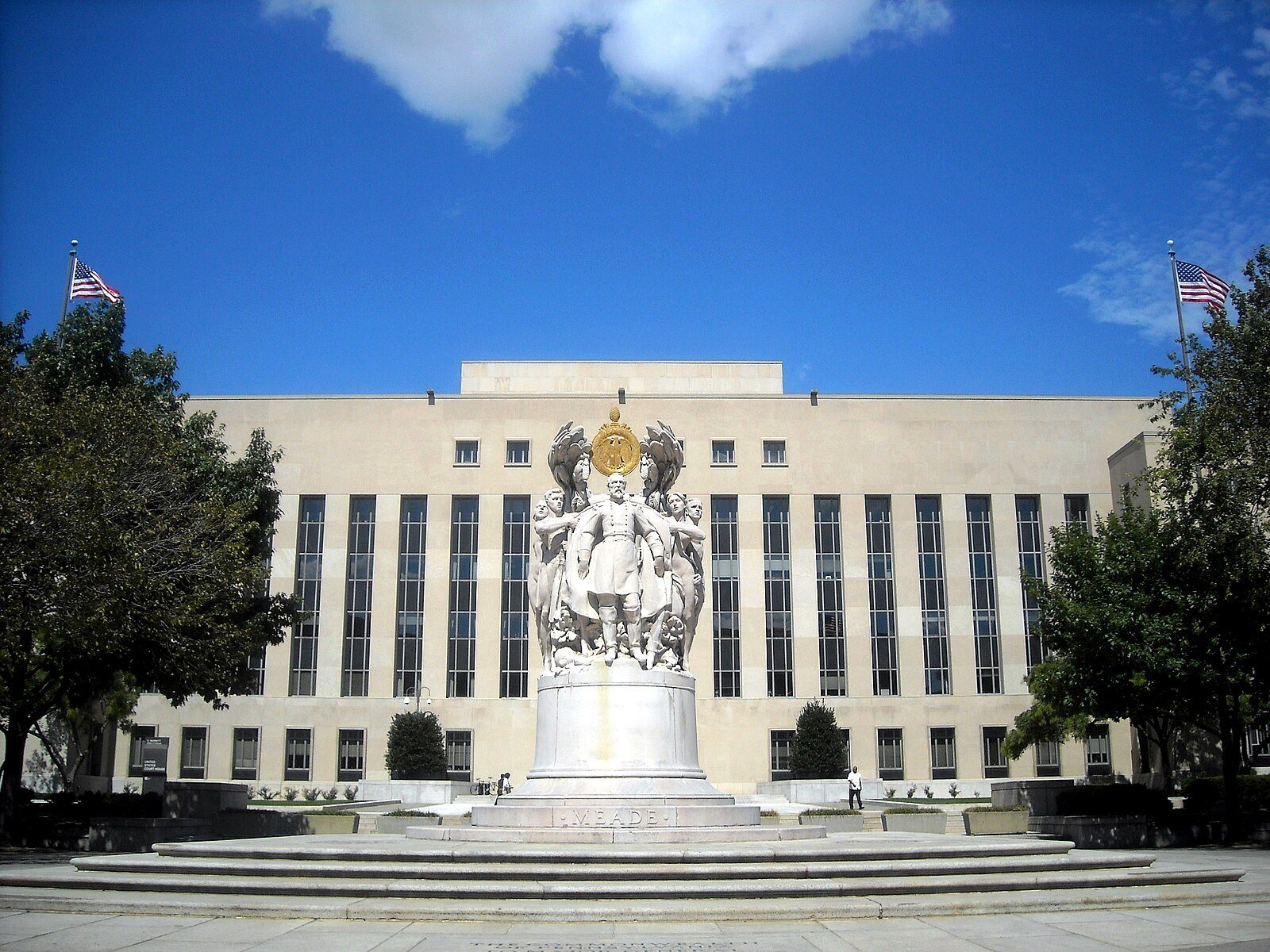First Amendment Disequilibrium: Can Modernizing Outdated First Amendment Doctrines Enhance Democracy?
New legal protections are needed to empower the media to play its vital role in informing citizens about their government.
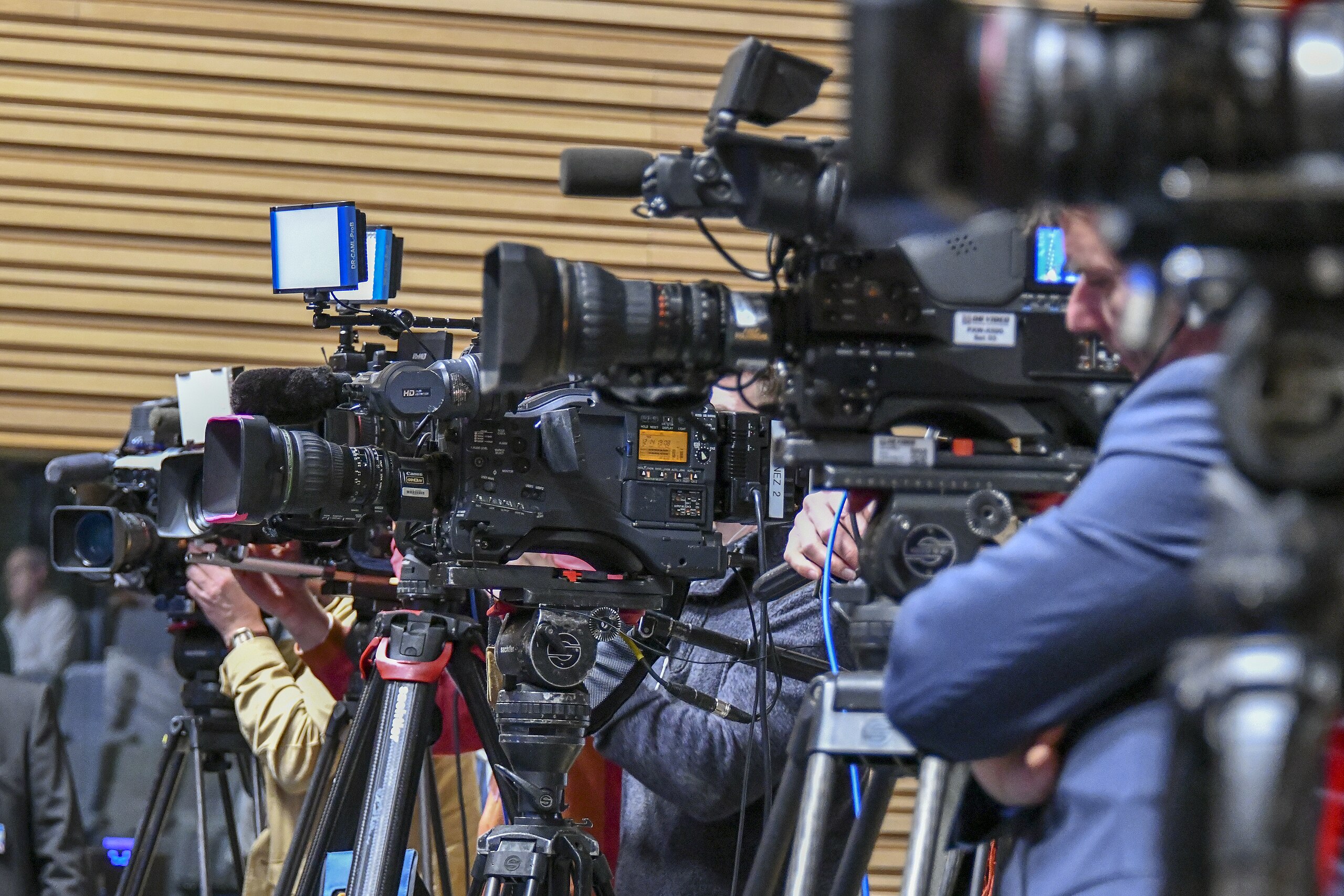
Published by The Lawfare Institute
in Cooperation With

The press and the executive branch routinely battle over access to government secrets. Frequently reporters seek to extract information the government would prefer to withhold and to withhold information the government would prefer to extract. The resulting conflict is bounded by constitutional rules of engagement crafted in a series of Supreme Court decisions from the 1960s and 1970s. Legal scholar Cass Sunstein once referred to these decisions as establishing “an equilibrium model of the first amendment,” one in which “the government and the press operate as competing powers, armed with different incentives: the government seeks to maintain secrecy; the press seeks disclosure.” Both pursue their competing interests, and the public benefits, “as if by invisible hand.” This clash between government and press forces publicly valuable information into the light, while still permitting the government to maintain most secrets.
Today, however, there is a growing power imbalance—or disequilibrium—between the press and the executive branch. At the time the Court built this equilibrium into First Amendment doctrine, the Court seemed to believe the press and the government were equally matched combatants in the struggle over government secrets. The Court assumed the press was powerful enough to protect itself from executive branch interference with its newsgathering and that the executive branch was subject to meaningful institutional constraints.
These assumptions are no longer grounded in reality. The press is in an unprecedented era of decline, especially local media institutions. And executive branch actors are no longer as constrained by Watergate-era checks to their secrecy powers as they were decades ago.
The law has failed to keep pace with these changes. Throughout the 1970s and 1980s, the Supreme Court consistently rejected the press’s claims to constitutional protection, both for affirmative newsgathering rights and for expanded defenses against government intrusion. As we’ve argued in a recent law review article, foundational First Amendment doctrines remain rooted in the conditions of a bygone era. Consider the Court’s landmark decision in Branzburg v. Hayes, which arose out of government efforts to surveil members of the 1960s counterculture. In 1968, FBI agents showed up at the New York Times offices demanding to speak to reporter Earl Caldwell. The Times had assigned Caldwell to cover the Black Panther movement for the newspaper, and the FBI wanted him to pass along information about the group. After he refused, a federal grand jury subpoenaed him to testify about the Panthers’ activities.
Caldwell argued that being forced to appear before the grand jury would violate the First Amendment by “‘driving a wedge of distrust and silence between the news media and the militants.’” The case eventually made its way to the Supreme Court, which in 1972 held that reporters have no First Amendment right to shield confidential sources or information in response to a grand jury subpoena. Although the media argued that being forced to testify about confidential sources would destroy source relationships and chill future newsgathering, the Court rejected the argument as unduly speculative. More importantly, the Court reasoned, the press had adequate resources to shield its newsgathering process from prosecutorial overreach and thus simply did not need the assistance of the Constitution or the Court. The press “ha[d] at its disposal powerful mechanisms of communication,” the justices wrote, and was “far from helpless to protect itself.”
The Court did not fully specify the nature of those self-help mechanisms, but its decision relied on certain baseline assumptions about the press’s power to engage in self-defense. First, the justices implied that reporters could always make their case directly to the public in the pages of their own publications—and that when they did so, the public would be inclined to listen and push back against prosecutors who tried to convert the press into an investigative tool for law enforcement. Second, the Court assumed that confidential sources of information would always turn to the press, regardless of the risk of being “outed” in subsequent grand jury proceedings, because these sources depend “heavily on the media to propagate [their] views” and “publicize [their] aims.” Finally, the Court assumed that the executive branch would be circumspect in issuing subpoenas to the press or otherwise interfering with its source relationships because doing so would come with a political price. According to the Court, the executive branch depends on the press both as a source of information about criminal activity and as a channel to communicate its aims, interests, and activities to the public. It simply could not afford to alienate the press without sufficient cause.
Other Supreme Court cases from this era manifested similar assumptions about the balance of power between the press and the executive branch. Fueled by record-high profits and strong public support, the news media brought lawsuits before the Court arguing that the First Amendment required the executive branch to provide reporters access to prisons and other government institutions. In these suits, the media argued that these rights were necessary to allow them to perform their constitutionally authorized role as democracy’s watchdog. Yet the justices rejected the argument that the press needed what they characterized as “special rights”—rights over and above those of the general public—to keep the public informed about its government’s conduct.
Again, the Court assumed the press had the investigative expertise, resources, and motivation to check the excesses of the executive branch—without the help of the judiciary. Even in cases such as Richmond Newspapers v. Virginia, which was a win for access to courtrooms, the right recognized was that of the public rather than any “special right” of the press. And the logic of “no special rights” cut against press access in cases like Pell v. Procunier and Saxbe v. Washington Post, in which the Court said that the government could deny both press and public access to prisons to interview inmates, reasoning in part that the press had alternative means of performing its watchdog role. In the 1970s, this logic may have made sense. After all, the prison access cases were contemporaneous with the resignation of President Nixon, which can be attributed in part to the investigative work of journalists Carl Bernstein and Bob Woodward. These decisions treated the executive and the press as relatively evenly matched opponents tussling over government information. In that historical moment, that assumption made sense, as did the implication that citizens and our democracy benefit from the struggle.
Today, however, the institutional press has been in freefall for more than two decades. Newspaper closures have been so extensive that millions of Americans now live in “news deserts,” without access to a credible local news source. On average, two and a half newspapers per week went under in 2023. Since 2005, more than two-thirds of newspaper journalists have lost their jobs, stripping news organizations of journalistic expertise that was once deployed to keep communities informed and hold government actors accountable. Even when local papers survive, they sometimes turn into “ghost newspapers,” whose content starkly reflects inadequate local staffing. Perhaps unsurprisingly, public trust in the media is at a low. By 2016, less than a third of Americans expressed faith in the press. As Louis Menand has written, many of them no longer believe that journalists are “people dedicated to pursuing the truth without fear or favor.”
At the same time, many institutional constraints on government have eroded. At the federal level, presidential power has expanded in the wake of the Sept. 11 attacks. Many of the Watergate-era reforms designed to check executive secrecy—such as congressional oversight committees, transparency laws, expanded judicial checks, and inspectors general—have proved to be flawed. While the Foreign Intelligence Surveillance Act of 1978 was meant to rein in government surveillance abuses, for example, the executive branch engages in mass, ever-expanding, warrantless surveillance of its own citizens, while at the same time pressuring social media companies to shape the news to its liking. And transparency statutes like the Freedom of Information Act have proved both expensive to administer and ineffective as a meaningful check on executive power. At the state level, meanwhile, governors have consolidated their power and authority. They have increased control of state regulatory and budgetary processes, for example. They have also confronted reduced internal opposition: In 2019, only a single state had a divided legislature. Further, many of the judicial checks on police surveillance powers adopted in the 1960s and 1970s, such as judicial consent decrees and enhanced state legislative oversight, have been abandoned.
The law has failed to adjust to this new disequilibrium. Ideally, this situation might lead the Supreme Court to reexamine the assumptions undergirding its foundational newsgathering and press access decisions to determine whether First Amendment doctrines might be recalibrated to enhance democratic accountability. The Court could, in theory, recognize a qualified privilege allowing journalists to protect their confidential sources. Such a privilege could curtail prosecutorial overreach and protect whistleblowers and other important news sources. The Court could also extend the First Amendment right of access that it has already recognized to give citizens and the press entry to courtrooms to include other types of government facilities, activities, and information. Extending existing First Amendment principles to provide access to executive branch information would supplement statutory rights of access.
But asking the current Supreme Court to extend press protections may be unavailing. Despite its embrace of First Amendment protections for corporate speakers, the Roberts Court has emphasized negative rights—freedom from government regulation—rather than positive rights that might bolster the abilities of those who lack resources to participate meaningfully in public discourse. The Court has seemed especially reluctant to support legal protections for the press and has begun to question the notion that the press plays a special role in our democracy. Indeed, in cases like Citizens United v. FEC, the Court has portrayed the press as composed primarily of powerful corporate conglomerates that profit by manipulating the political process.
Justices Clarence Thomas and Neil Gorsuch even have argued that core First Amendment decisions shielding the press from defamation suits brought by public officials and public figures should be revisited. Justice Thomas asserts that his opposition to extending constitutional protections against defamation liability stems primarily from his originalist approach to the First Amendment, though recent originalist scholarship suggests that the framers might indeed have approved certain “special protections” for the press. Justice Gorsuch has suggested that the press may no longer deserve such protections because the press now lacks professional and economic incentives to strive for accuracy.
It is possible these two justices will be unable to muster the three additional votes needed to overturn New York Times v. Sullivan, which famously held in 1964 that public officials cannot recover for defamation without showing that the person who allegedly defamed them did so knowingly or with reckless disregard for the truth. The Court later extended Sullivan to recognize greater constitutional protections from defamation liability for those discussing influential people and matters of public concern. This entire line of cases is now vulnerable. But even if Sullivan and its progeny remain safe, those who believe a healthy press is essential to democracy have other fronts on which to fight for more safeguards. Not only do other government actors, such as federal and state legislators and state courts, already extend important legal protections for the press that might form the basis for expansion, but the protections these actors provide might prove to be more adaptable to current challenges.
Congress, for example, has previously crafted legislation to support the press even after the Court denied First Amendment protection. In the wake of a Court decision holding that the First Amendment did not prohibit police searches of newsrooms, for example, Congress enacted a law that offered heightened statutory protections against newsroom searches. As a result of this law, newsroom searches of the type conducted recently in Marion, Kansas, remain rare, though the strength of the protection has perhaps eroded through ignorance of the law or disdain for the press.
State legislative protections are also a crucial source of press rights that could be expanded. At least 40 states and the District of Columbia have enacted statutes protecting journalists’ confidential sources, but federal and state legislatures could do more. Congress could enact a federal shield law, for example, following the states’ lead. Or federal courts could recognize a common law reporter’s privilege under the authority of Rule 501 of the Federal Rules of Evidence. Such a rule could permit journalists to shield their confidential sources or information in federal court under certain conditions. Under either approach, difficult questions about who qualifies for such a privilege, what its scope should be, and how to balance competing interests could be more effectively and definitively answered.
Congress could also remedy the imbalance of power in the national security context by amending the Espionage Act to exclude reporters and publishers from its reach. In 2022, a proposed bill sought to make clear that only individuals with authorized access to national security information should be held liable under the act. This bill, if passed, not only would have protected the press but also would have protected government officials who furnished information to other agency officials empowered to check executive branch secrecy from within.
Congress could also codify various procedural safeguards against improper or harassing subpoenas to members of the press. Although the Justice Department has guidelines designed to prevent such harassment, they are voluntary, and presidential administrations have often disregarded them. Further, Congress could enact a federal law making it easier for news organizations to successfully move for the dismissal of harassing lawsuits meant to chill speech. Many states already have such laws, though they differ in the level of protection they provide. Where they exist in stronger forms, they act as strong deterrents to weaponized lawsuits designed to silence citizens who criticize powerful public and private actors.
Another point of entry for Congress to enhance democracy in this context would be to amend the federal Freedom of Information Act by, for example, providing public money to fund lawsuits by requesters wrongfully denied agency information. This approach could be copied by state legislators to provide better enforcement of their own freedom of information laws. State agencies often require media outlets to pay high requester fees, for example, and there are few low-cost options for appeal. Structural changes to these laws would enable both citizens and journalists to use them more effectively to understand what’s happening at state and local levels —the very place where local journalism’s decline is most acute.
Yet reinvigorating the local press will ultimately require addressing a broken funding model. There is neither an easy fix nor a single solution that will address the many factors that have led to the local press’s demise. However, smaller scale interventions could help. New types of journalistic ventures have already arisen. These include nonprofit journalism models, such as ProPublica, as well as direct reporter-subscription models like Substack. Private philanthropic efforts have stepped in to fill the gap as well. Recently, Press Forward, a local news initiative led by the MacArthur Foundation, pledged $500 million to local news efforts. Even so, while these new financial models have shown promise, they are insufficient to fill the gaps left by the collapse of local newspapers and television stations throughout the country.
Here, public funding for local journalism could help. Some states have already begun experimenting with such efforts. California recently pledged $25 million to fund journalism efforts in underserved communities around the state. And other states—including New Jersey, New Mexico, Wisconsin, and Illinois—have experimented with different public funding models for local journalism efforts as well. The downside of public funding is obvious: It will create a press that may be less independent and less willing to hold politicians to account. But if the choice is between publicly funded local media and none at all, public funding becomes an option that must be contemplated—especially if protections for journalistic independence can be built into the process.
The information ecosystem that sustains a liberal democracy requires a set of motivated, independent, and external actors who work to bring important information about government to light. In the United States, that role has long been filled by the institutional press. The structural role that the press plays in checking the government is so critical that it is often referred to as the “fourth branch.” And this concept of the press as a counterbalance to the government, especially when it comes to information access and government secrecy, has become deeply entrenched in the law itself. The two assumptions that undergird the equilibrium model—that the press is a powerful and equal adversary, and that the government is internally and externally constrained in its secrecy powers—animate key parts of the relevant law, including the law governing national security secrets, protections for confidential sources, constitutional right-of-access protections, and federal and state transparency statutes.
Yet the assumptions underlying current First Amendment doctrines protecting the press are now deeply flawed. Today’s press is financially precarious and politically vulnerable, and as a result of the government’s response to Sept. 11, Watergate-era constraints on the executive branch have frayed. The press is now much weaker and the executive branch much stronger than when the Supreme Court established the legal regime governing newsgathering and access to government information. This power imbalance has potentially dire consequences for the broader democratic political system.
Post-Sept. 11 changes to the government secrecy and surveillance powers and the press’s political and financial stability have destabilized the underpinnings of the Watergate-era legal regime governing press-executive branch relationships, tilting the power struggles between the executive branch and the “fourth estate” against the public interests. Other government actors—especially federal and state legislators—must step in to rebalance these powers. The effective functioning of our system of democratic self-government depends on it.


